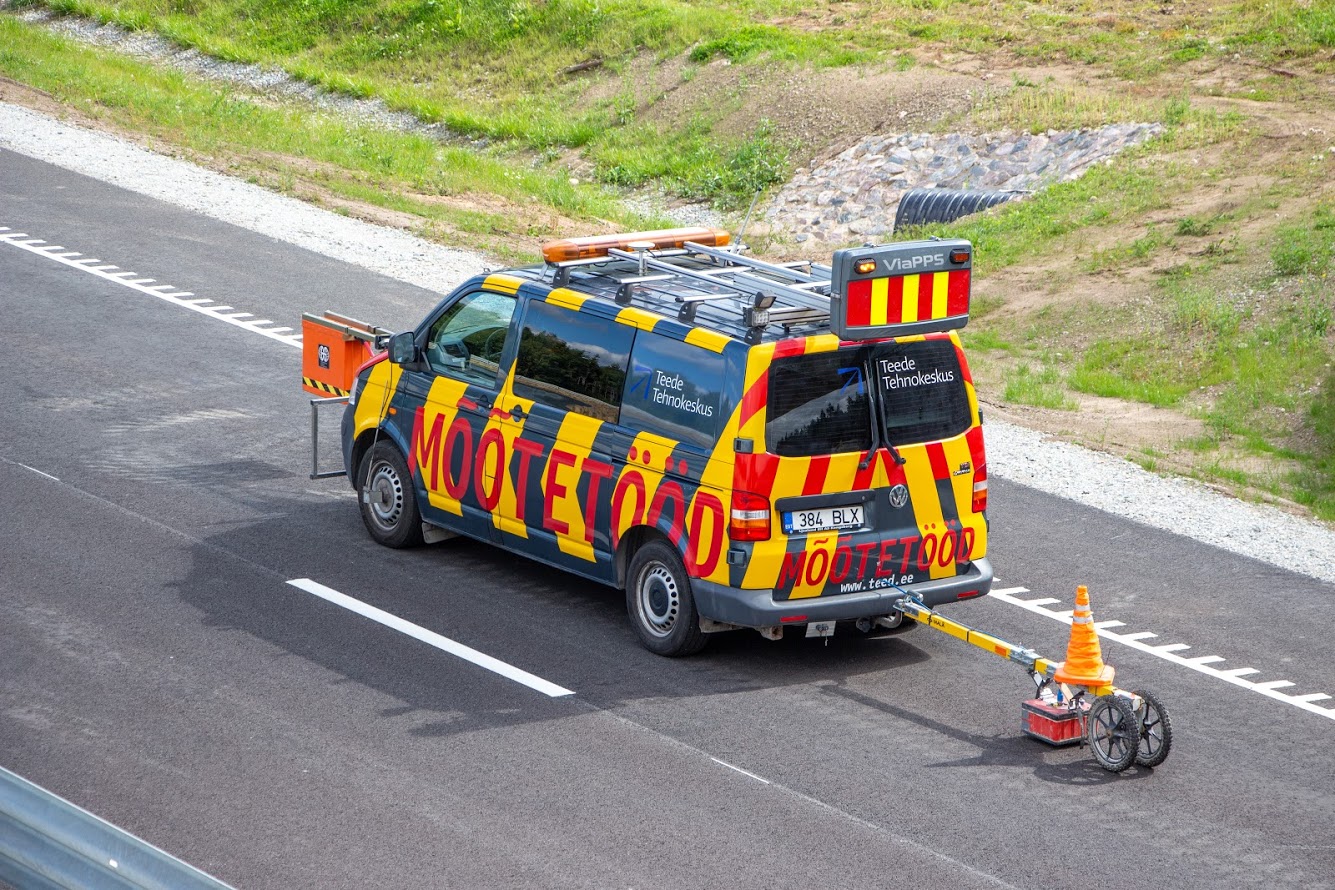
- Services
Road measurements
Road bearing capacity (FWD)
Roughness (IRI & IRI4)
Rut Depth Measurements
Pavement Skid Resistance Measurements
Pavement thermal measurements (TGS)
ITS & road information systems
Road and Traffic Cameras
Road Weather and Road Weather Stations
Traffic counting
Variable Message Signs
Weigh-in-motion
- Trainings
- Contact
ENG
- Services
Road measurements
Road bearing capacity (FWD)
Roughness (IRI & IRI4)
Rut Depth Measurements
Pavement Skid Resistance Measurements
Pavement thermal measurements (TGS)
ITS & road information systems
Road and Traffic Cameras
Road Weather and Road Weather Stations
Traffic counting
Variable Message Signs
Weigh-in-motion
- Trainings
- Contact
ENG
SERVICES
Road information center
Consultations and Studies
- Expert Assessments
- Construction Supervision
Road Information Systems
Testing and Measurement
- Laboratory Tests
- Road measurements
- Ground Penetrating Radar
- Pavement Skid Resistance Measurements
- Residual voids content (GPR)
- Transverse profile & cross slope
- Rut Depth Measurements
- Roughness (IRI & IRI4)
- 3D Road Imaging System
- Pavement thermal measurements (TGS)
- Pavement layer thickness (induction method)
- Assessment and analysis of the condition of bridges
- ELTRIP road distance and friction meters
- Ground Penetrating Radar
Certification Department
Residual voids content (GPR)
When laying new pavements in a northern climate, it is extremely important to make sure that the road surface is tight (compaction) and that the permanent porosity (air pore volume) of the road surface is sufficiently low. According to the traditional method, up to 12 boreholes per kilometer of road are drilled in the pavement to find out the permanent porosity, but this is time-consuming, damages the new pavement, and most importantly – describes the investigated pavement in steps of only approx. 500 m.
Measurements are made with ground radar, e.g. on a two-way road, typically on three measuring lanes and at the base of the so-called outer wheel tracks of both driving directions, and at the pavement joint on the road axis. In contrast to traditional inspections with drills taken during quality control, radar measurements provide uninterrupted information on the permanent porosity values of the inspected asphalt concrete pavement on the measuring track. This greatly reduces the large component of randomness in compaction factor and permanent porosity determinations and allows problem areas to be identified. The area of effect of deductions is reduced hundreds of times per sector of permanent porosity checked. To calibrate the measurement results, typically 8 boreholes are taken from the inspected section, so the number of inspection boreholes that damage the new coating is reduced tens of times.
A limitation of this method is that measurements cannot be taken when the coating is wet or frozen. Also, it is not possible to reliably measure permanent porosity in coatings with sodium chloride or other anti-slip chemicals.
Get in touch
Residual voids content (GPR)
Road information center
Consultations and Studies
- Expert Assessments
- Construction Supervision
Road Information Systems
Testing and Measurement
- Laboratory Tests
- Road measurements
- Ground Penetrating Radar
- Pavement Skid Resistance Measurements
- Residual voids content (GPR)
- Transverse profile & cross slope
- Rut Depth Measurements
- Roughness (IRI & IRI4)
- 3D Road Imaging System
- Pavement thermal measurements (TGS)
- Pavement layer thickness (induction method)
- Assessment and analysis of the condition of bridges
- ELTRIP road distance and friction meters
- Ground Penetrating Radar
Certification Department
 Seda veebilehte külastades ja kasutades nõustud sellega, et AS Teede Tehnokeskus kasutab küpsiseid. Nõustun REJECTManage consent
Seda veebilehte külastades ja kasutades nõustud sellega, et AS Teede Tehnokeskus kasutab küpsiseid. Nõustun REJECTManage consentPrivacy Overview
This website uses cookies to improve your experience while you navigate through the website. Out of these, the cookies that are categorized as necessary are stored on your browser as they are essential for the working of basic functionalities of the website. We also use third-party cookies that help us analyze and understand how you use this website. These cookies will be stored in your browser only with your consent. You also have the option to opt-out of these cookies. But opting out of some of these cookies may affect your browsing experience.Necessary cookies are absolutely essential for the website to function properly. This category only includes cookies that ensures basic functionalities and security features of the website. These cookies do not store any personal information.Any cookies that may not be particularly necessary for the website to function and is used specifically to collect user personal data via analytics, ads, other embedded contents are termed as non-necessary cookies. It is mandatory to procure user consent prior to running these cookies on your website.
